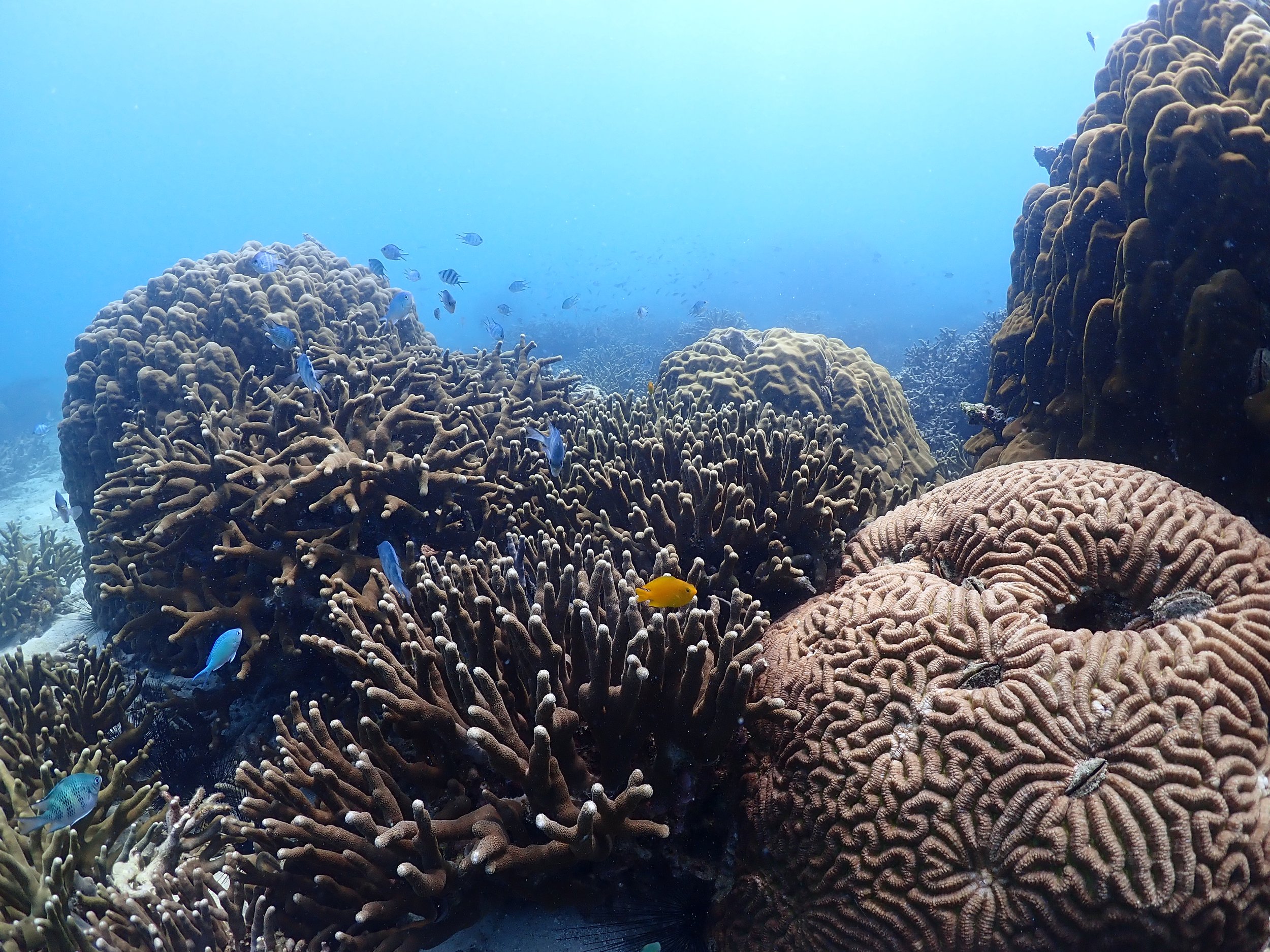World Reef Day is celebrated on the 1st of June every year
The ocean covers over 70% of the planet. It supports humanity’s sustenance and that of every other organism on Earth. The ocean produces at least 50% of the planet’s oxygen; it is home to most of Earth’s biodiversity and is the main source of protein for more than a billion people around the world.
Not to mention, the ocean is key to our economy, with an estimated 40 million people being employed by ocean-based industries by 2030.
Despite providing all these benefits, the ocean is in need of support.
With 90% of big fish populations depleted, and 50% of coral reefs destroyed, we are taking more from the ocean than can be replenished. We need to work together to create a new balance with the ocean that no longer depletes its bounty but instead restores its vibrancy and brings it new life.
June is a busy month for ocean conservation as it sees several “days” related to marine conservation.
World Oceans Day
The best known is, of course, World Oceans Day, which falls on 8 June.
The concept was originally proposed at the Earth Summit in 1992. The Ocean Project started global coordination of World Ocean Day in 2002, and "World Oceans Day" was officially recognised by the United Nations in 2008.
This international “day” aims to foster public interest in the protection of the ocean and the sustainable management of its resources. The WOD website provides information and resources on the importance of the oceans and ocean conservation.
Coral Triangle Day
WOD is followed immediately on 9th June by the less well known “Coral Triangle Day” which celebrates the Coral Triangle (CT). Malaysia is one of six CT countries, alongside Indonesia, Papua New Guinea, Philippines, Solomon Islands and Timor Leste (https://www.coraltriangleinitiative.org/).
The coral triangle is home to some 400 million people and is recognized as the global centre of marine biological diversity. It has the highest coral diversity in the world, with 76% (605) of the world’s coral species (798). By comparison, approximately 8% of coral species (61) occur in the Caribbean.
In addition, the region serves as the spawning and juvenile growth area for five species of tuna, comprising the largest tuna fisheries in the world. The biological resources of the Coral Triangle directly sustain the lives of more than 120 million people living within this area, and benefit millions more worldwide.
World Reef Day
More recently, World Reef Day was launched in the US three years ago. Falling on 1st June, WRD helps to create awareness among various communities and the general public about ocean ecosystems.
It is a call to action for consumers, business and organisations to reflect on the fragility of coral reef ecosystems. The day brings together the general public and opinion leaders to encourage active change through education and engagement.
What does all this mean?
There are many signs that the health of the ocean – essential for all life on earth – is declining. Fisheries in decline; the ocean gyres polluted with plastics; hypoxic zones.
Just within our own sphere of activity, the problems facing coral reefs are immense – and they not going away on their own. Pollution from sewage and other land-based activities; physical impacts from growing numbers of tourists; coastal development. Just some of the impacts to coral reefs.
And now climate change.
The coral bleaching we are seeing now is at least partly caused by warming oceans – temperatures are 2-3 degrees centigrade above usual, and this is stressing corals and causing them to lose their colour.
Corals are starting to bleach due to the warm weather we are experiencing
We need policy makers to understand how fragile these ecosystems are – coral reefs and their associated coastal ecosystems, mangroves and seagrass, are critical for livelihoods, food security and coastal protection, among others.
The more people who are aware and talking about these issues, the louder the conversation becomes…maybe to the point where policy makers can’t ignore it any more.
Things have to change. Or nature will change them for us.













